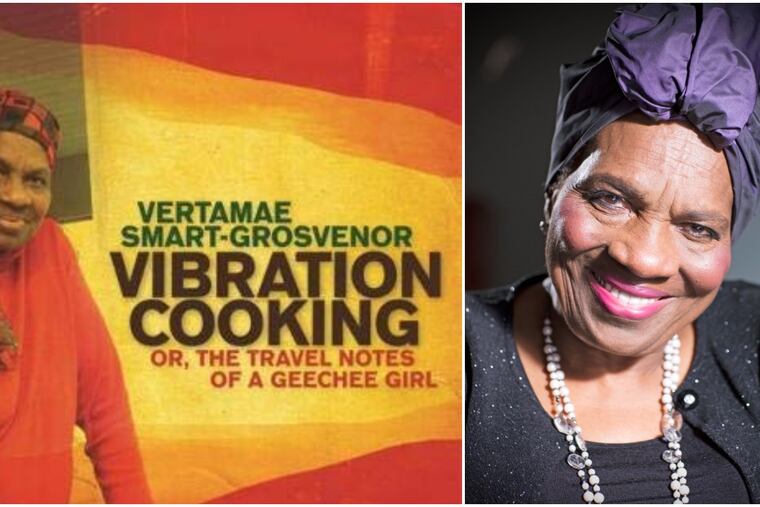Link copied to clipboard
Link copied to clipboard
Exclusive to subscribersYou can now gift articles
After 50 years, ‘Vibration Cooking’ still resonates
Vertamae Smart-Grosvenor called herself a culinary griot. Raised in Philadelphia, she wrote cookbooks, she was an actress, a researcher of black domestic workers, and a longtime NPR contributor.
